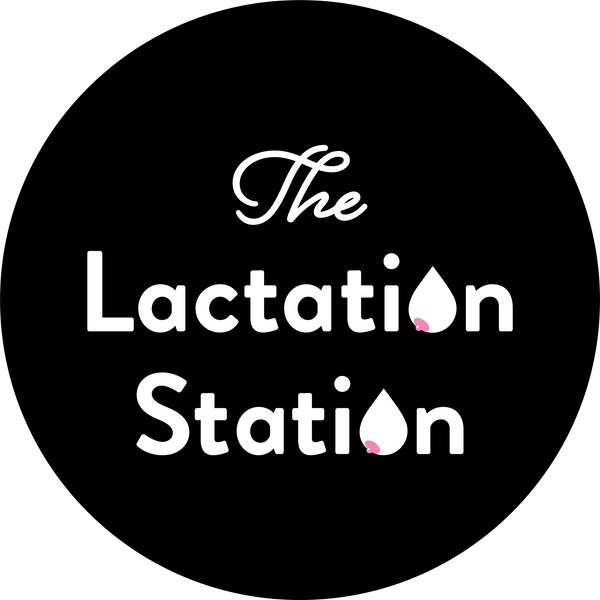You may have heard the word Mastitis?
BUT if you have ever had it you will already know you never want to get it again! It’s the pits!
It’s basically an inflammation of the breast that can lead to infection. You can feel like you have the flu; you may feel hot and have body aches and pains. Your breasts will be sore like with a blocked duct, only more painful and usually your breasts are red, swollen and hot. The skin may be shiny and there maybe red streaks.
The incidence of Mastitis has been reported as 20% in the first 6 months after birth.
There are quite a few things you can do to help when you have mastitis:
Ensure your baby is latching correctly, if you are unsure check with a LC.
Continue breastfeeding starting on the affected side (some babies can be
fussy on the side you have mastitis due to the salty taste in your milk). It is
important to continue to drain the milk on this side to avoid a breast abscess.
If you’re too sick to breastfeed or your baby won’t feed you can express your
milk. Even if you have an infection, your breastmilk is still safe for your baby to
drink.
Use heat pre feed to help open the blocked milk ducts and relieve pain
Apply ice packs after a feed to help decrease the inflammation
Vary breastfeeding positions, so that all your milk ducts are being drained.
Sometimes mastitis can start from one or two ducts that aren’t being drained
fully.
Get plenty of rest – easier said than done with a baby!
Take the supplement Lecithin 1200mg 4 times a day – this will help decrease the viscosity or stickiness or your milk to help with the blocked ducts and prevent mastitis.
Discuss with your LMC/GP if Nurofen is suitable for a few days to help settle the inflammation.
Wear a good fitting bra
If symptoms of mastitis have not improved within 24 hours or if you are feeling ill ie you have a fever, see your GP/LMC as antibiotics should be started.
Staphalococcus Aureus and coagulase-negative staphylococci are the most common pathogens in Mastitis so flucloxacillin 1g 3 times a day is usually given.
Treatment duration of 5-10 days is recommended as short courses of antibiotics have been associated with a high incidence of relapse.
In severe cases of mastitis you may need to be admitted to hospital for IV antibiotics.
Did you know it’s common for the milk supply in your breast with mastitis to drop a
little? Frequent feeding will help boost your supply again but this may also be a good time to stock up on some yummy Lactation Station Cookies too.
To avoid mastitis, and complications like breast abscesses, make sure that your breasts don’t get overfull. You can do this by not skipping feeds or going a long time between feeds. Make sure your baby is latching well and draining your breasts effectively. One tip is to ensure you always start the next feed on the side you finish on. Offering both breasts per feed especially in the early days can help ensure effective drainage too.
Also make sure that your clothing doesn’t dig into your breast, and watch out for tight baby carrier straps or seat belts. Try not to sleep on your stomach, or do anything else that puts pressure on your breasts.
If you notice any lumps or sore spots, treat them promptly so they don’t turn into mastitis.
If you are prone to blocked ducts/mastitis taking a lecithin supplement can be game changer!
Staying fit and healthy also helps ward off mastitis too and is great for your general wellbeing.
Julia Daly
IBCLC

